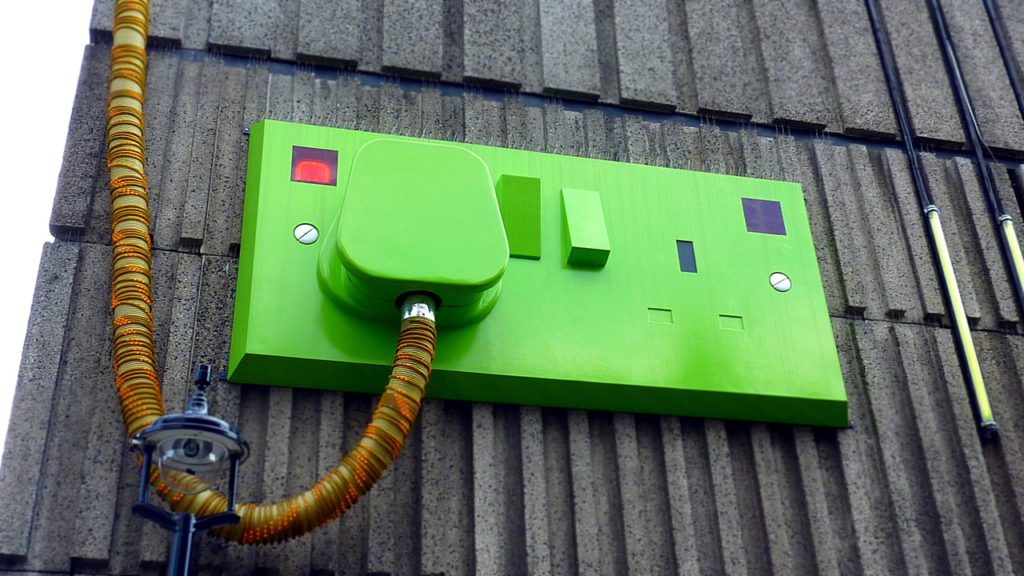Mr Anshul: In spite of being in an emerging economy there seems to be demand stagnation. This is partly because of the general slowdown in economy. But in the Indian energy sector there is an unusual situation of a huge unserved market demand along with an overcapacity problem. The last mile of the value chain, that is the distribution is underdeveloped, while the transmission infrastructure through the national grid and generation are well developed. The distribution problem is not transmitting the demand from the consumers. This is an emerging economy phenomenon which distorts the market. The root of this might be the legacy of government owned energy generation, transmission and distribution.
As per National electricity plan given by CEA, the share of coal- and gas-based power in the installed capacity is set to decline to 50.7 per cent by 2021-22 and further to 42.6 per cent by 2026-27 from the current share of 64 per cent. The market is expected to change permanently and companies might develop core competency in the new types of demands like retrofit, ultra-critical plants, emission equipment’s, etc. They can also diversify in other segments like waste to energy and water as waste management, water scarcity and pollution are some of the impending issues in India
The market for emission control solutions that is driven by government regulation has witnessed increased demand. Demand for Retrofits is also expected to see increase if generators want to extend lifecycle of their current investments but is subject to government regulations as well.
Mr Deepak: In emerging economies, with less sophisticated markets, and supply constraint context, the focus is on meeting the technological requirements and minimum quality threshold at the minimum cost. However in developed countries, with demand constrained context, the competition is less on price and more on value created through better quality and technology. Moderately efficient national grid; breaking down the vertical value chain into generation, transmission and distribution; increasing role of private players; and creation of spot market for power transaction are some of the recent trends in Indian Power Sector. In addition, the hindrance of transmission of consumers demand has also resulted in a situation where the utilities are not able to supply power to end customer even when there is no power deficit in the country.
Ms Asha: The electricity generating companies are producing commodity (undifferentiated) product, which cannot be stored, unless storage options are developed be it battery or hydro. Demand has to be met instantaneously, or the generating company would lose due to unutilised capacity. Most of the power is bought by distributing companies through power purchase agreement. Given the excess supply situation, and the spot market created through the auctioning, and national grid enabling supply across the geography, the switching cost of customers have reduced, making things adverse. Utilities now like to buy on short term market which is cheaper than long term PPAs. The excess supply situation is an outcome of huge capacity addition in the current decade. It has made the rivalry very intense, especially for coal based power generators who carry a very high fixed cost and exit barrier due to committed investments. Making things worse, recent technological breakthrough in the photovoltaic technology has made solar a strong substitute of the fossil fuel. The pressure on green energy has resulted in regulations beneficial for solar energy and adverse for coal based plants. Their bargaining power vis-à-vis their utility is extremely low. They are forced to supply in spite of skyrocketing receivables. In spite of the recent provisions of LC based payments it is not sure whether the generating companies are in a bargaining position to invoke that provision. The only saving grace of this part of the industry is the long term PPA which holds the price constant.







